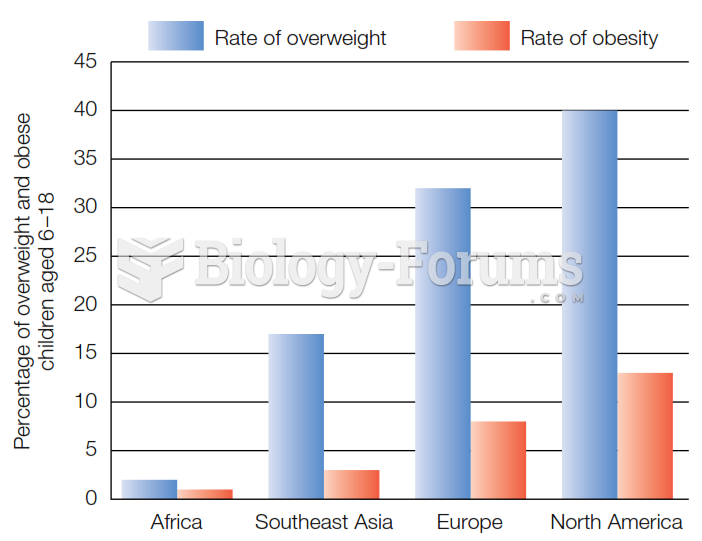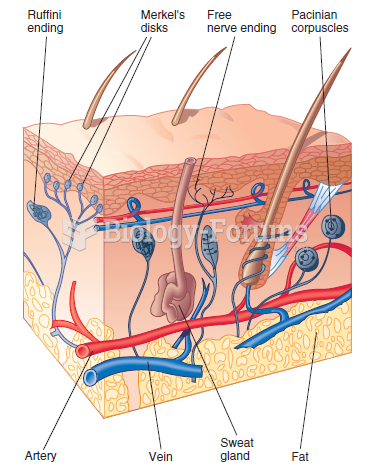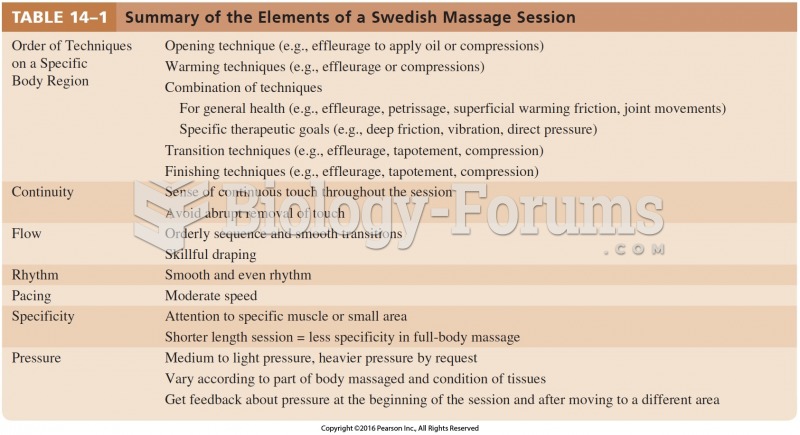Answer to Question 1
Accurate measurement of height and weight, plotted on CDC Growth Chart
24-hour recall with either FFQ or food record
Identify areas that have been changed and can be changed
Patient's and parents' motivation to change
Physical activity record/recall
- type of physical activity adolescent participates in
- type of physical activity parents participate in
- time spent watching TV, video games, or on computer
Real or perceived limitations
Body image
Ethnic or religious practices and beliefs related to food
Use of vitamins, supplements, and alcohol or drugs by patient
Lab values (lipid profile/glycemic control) if available
Weekly visits/follow-ups lasting 8-12 weeks lead to the most effective outcomes. (Once every 2-3 weeks may be more realistic)
Answer to Question 2
Hemodialysis
Peritoneal dialysis (2 types)
Renal transplantation
Hemodialysis attempts to mimic the filtration function of the body
- Dialysate fluid is designed to be similar to human plasma
- Patient's blood is pumped through a capsule of microscopic semipermeable membranes over several hours
- This is repeated approximately three times each week
- Using the concept of diffusion or osmosis, waste products are pulled from the blood into the dialysate
- Composition of the dialysate is determined by patient's individual laboratory parameters, and can be adjusted to osmolality and electrolyte content
There are two main types of peritoneal dialysis (PD):
- Continuous ambulatory peritoneal dialysis (CAPD)
- Continuous cycling peritoneal dialysis (CCPD)
In peritoneal dialysis, access to the patient's blood supply is gained via a catheter of silicone rubber or polyurethane, placed surgically into the peritoneum
In this procedure, dialysate is introduced into the peritoneum through the peritoneal catheter
Solutes from the plasma circulating in the vessels and capillaries perfusing the peritoneal wall pass across the peritoneal membrane into the dialysate, which is subsequently removed and discarded







